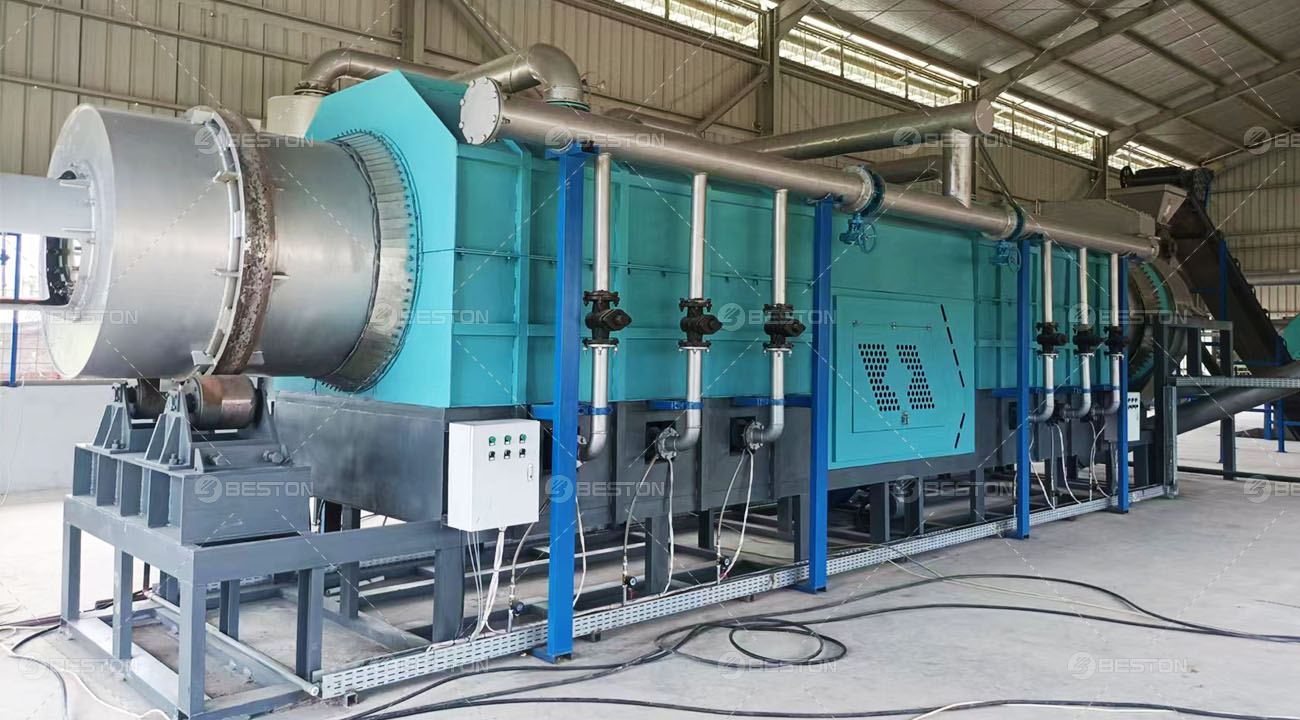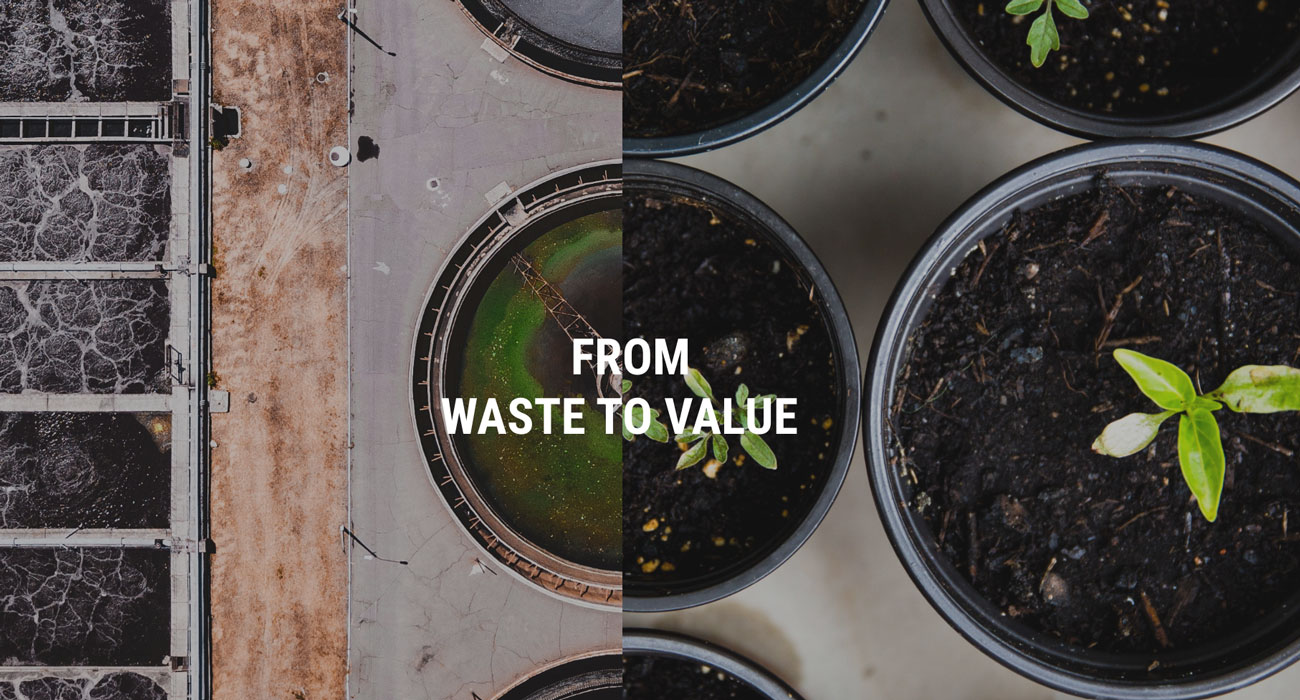Introduction
The Significance of Investing in Wood Charcoal Making Machines
The demand for charcoal remains robust, fueled by its various applications, including cooking, heating, and industrial processes. In this context, investing in a wood charcoal making machine holds great significance.
The Sustainability Factor in Wood Charcoal Production
Not only does investing in wood charcoal making machine enables you to tap into a thriving market, but it also aligns with sustainability goals by utilizing wood waste for charcoal production.
Selecting the Right Wood Charcoal Making Machine
Machine Capacity and Production Scale
Understanding Your Production Needs
The first step in selecting the right wood charcoal making machine is to assess your production requirements.
Sizing the Machine Accordingly
Choose a machine with the appropriate capacity to meet your production goals efficiently.
Technology and Design Considerations
Traditional vs. Modern Designs
Consider the technology and design of the machine. Traditional kilns are an option, but modern, energy-efficient machines with automation features can significantly improve productivity and reduce operational costs.
Energy Efficiency and Automation
Opt for machines that prioritize energy efficiency, as this can have a substantial impact on operational costs over time. Automation features can also enhance the ease of operation and reduce labor requirements.
Feedstock Selection and Preparation
Types of Wood for Charcoal Production
Hardwood vs. Softwood
The type of wood used influences the quality and characteristics of the charcoal produced. Hardwood, with its dense composition, often produces higher-quality charcoal suitable for various applications.
Sustainability and Sourcing
Ensure that the wood you use for charcoal production comes from sustainable sources. Responsible sourcing is not only ethical but also vital for long-term business viability.
Wood Moisture Content
The Importance of Proper Drying
Wood with high moisture content can hinder the pyrolysis process and result in lower-quality charcoal. Properly drying the wood feedstock is crucial to achieve desired charcoal quality and production efficiency.
Impacts on Charcoal Quality
Moisture content affects the carbonization process, leading to variations in charcoal properties such as energy content and ash content.

Environmental Compliance and Regulations
Emission Standards and Control
Mitigating Air Pollutants
Wood charcoal production can release air pollutants. Invest in equipment that complies with emission standards and incorporates effective control mechanisms to reduce environmental impact.
Compliance with Local Regulations
Be aware of local regulations related to emissions and waste management. Ensuring compliance with these regulations is essential for the sustainable operation of your charcoal production.
Waste Management and Sustainability
Utilizing Byproducts Efficiently
Charcoal production generates byproducts like wood vinegar and tar. Consider how you can efficiently utilize these byproducts or convert them into additional revenue streams.
Reducing Environmental Impact
Implement waste management practices that minimize the environmental impact of your charcoal production. Sustainability should be a core element of your business strategy.
Operational Costs and Return on Investment
Initial Investment and Budget Planning
Machine Cost
Factor in the charcoal making machine price, including shipping and installation. Develop a comprehensive budget that covers all initial expenses.
Infrastructure and Operational Expenses
Consider infrastructure costs, raw material procurement, labor, and operational expenses in your budget planning.
Revenue Generation and Profitability
Pricing Your Charcoal Products
Set competitive prices for your charcoal products based on market research and production costs. Pricing strategy plays a crucial role in determining profitability.
Evaluating the Payback Period
Calculate the expected return on investment and assess the payback period. Understanding when you can expect to recoup your initial investment is essential for financial planning.
Maintenance and After-Sales Support
Machine Maintenance and Longevity
Regular Inspections and Cleaning
Implement a maintenance schedule that includes regular inspections and cleaning to ensure the longevity and efficient operation of your machine.
Replacing Worn-Out Components
Plan for the replacement of worn-out components to avoid unexpected downtime and maintain production consistency.
Availability of Technical Support
Supplier Reliability
Choose a supplier with a reputation for reliability and quality customer service. A responsive supplier can assist with technical support and troubleshooting.
Training and Troubleshooting Resources
Ensure that you and your team have access to training and troubleshooting resources from the supplier to address any operational issues effectively.


Comments
No comments yet. Be the first to react!